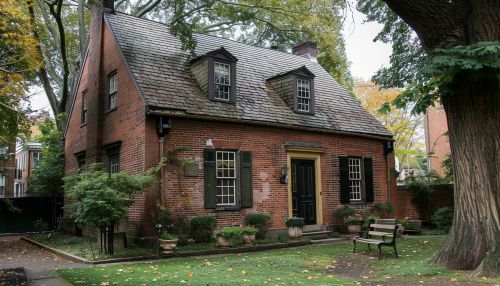Thomas Say
Early Life
Thomas Say was born in Philadelphia, Pennsylvania on June 27, 1787. He was the great-grandson of John Bartram, the renowned botanist and co-founder of the American Philosophical Society. Say's father, Benjamin Say, was a member of the Society of Friends and a leading Philadelphia physician. His mother, Anna Bartram, was the daughter of John Bartram's son, William.


Say was educated at the Friends' Academy in Philadelphia, where he developed an interest in natural history. He was particularly drawn to the study of insects, a field that was largely undeveloped in the United States at the time.
Career
In 1812, Say became one of the founding members of the Academy of Natural Sciences of Philadelphia. He served as the curator of the Academy from 1812 to 1826, and as the secretary from 1821 to 1828. During his tenure at the Academy, Say began to make significant contributions to American entomology and conchology.
In the field of Entomology, Say is considered the father of descriptive entomology in the United States. He described more than 1,000 new species of beetles, and approximately 400 species of insects of other orders. Some of his most notable works include "American Entomology, or Descriptions of the Insects of North America" (1824–1828), and "American Conchology, or Descriptions of the Shells of North America" (1830–1834).
Say also made significant contributions to the field of Conchology, the study of mollusk shells. He described over 100 new species of North American mollusks. His work "American Conchology" was highly praised for its scientific accuracy and the quality of the illustrations.
In 1825, Say joined the expedition to the tributaries of the Missouri River, led by Major Stephen Long. During this expedition, Say served as the chief zoologist. He made extensive collections of insects and mollusks, and provided the first descriptions of a number of new species.


Later Life and Legacy
In 1831, Say moved to New Harmony, Indiana, where he continued his studies in natural history. He lived there until his death on October 10, 1834. Say's work had a profound impact on the development of American natural history. His detailed descriptions and classifications of North American insects and mollusks laid the foundation for future studies in these fields.
